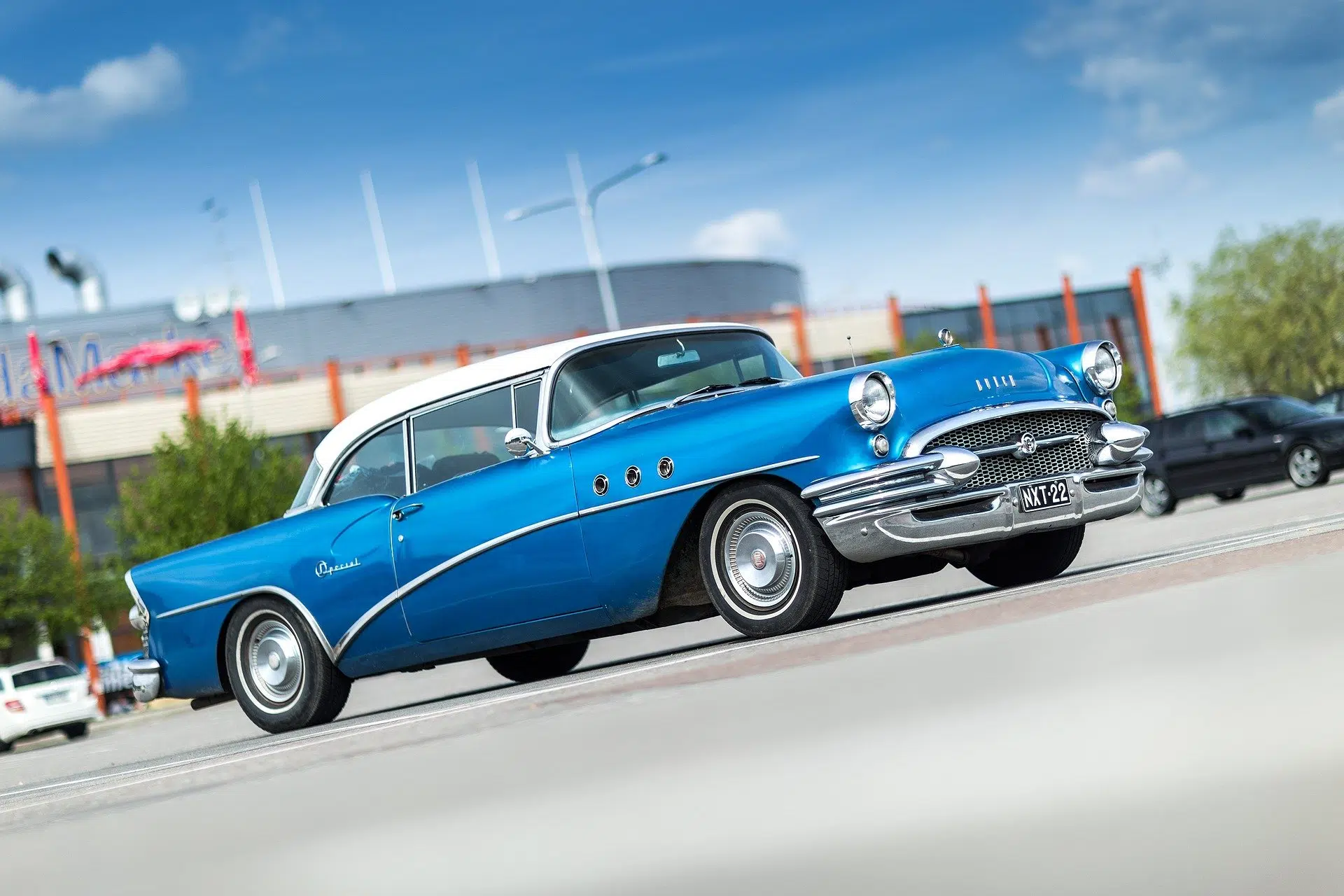
smirko/pixabay
Restoring a car is a pretty big process that requires a lot of time, work, commitment and money. There are many steps to the process, but this outlines the basic ones.
The first step to restoring a car is picking out the type of car you want to restore. The type of car you choose is completely up to you. You’ll notice throughout that the whole restoration process is up to you. From the car you chose, too the type of restoration, too your budget.
Stacey Bilton is a painter at RM classics in Chatham. He has done some historic restorations, including cars owned by Marilyn Monroe and Elvis Presley. As a painter, these are some of the things he looks out for when starting a restoration,
“I look out for previous damage and how much body fill is in it, whether the car’s been hit before and the amount of rust and then you look at the paint condition as well.”
Keith Crawford is an insurance broker for McFarland Rowland, but in his spare time enjoys restoring cars. He is currently restoring a 69 Corvette. This is what he looks for,
“It all depends on where you are in the process, what you’ve done, and so on and so forth. I think one of the biggest things prior to even going down this road is what is your financial capability? What is your time commitment? What is the physical space you have to work with? For me, those were a bunch of factors that I kind of jumped into my restoration project before I gave too much consideration to you know, this is a long process, it takes room up in your shop or your garage, you’re going to be out a bay. Where do you store all the parts while you’re gathering them? So, all of that need to be taken into consideration. I think one of the things that I look into because this is a big project, this is a lot of cost, is what is that car going to be worth when I am finished? And how upside down could I be if I need to sell that car for whatever reason, am I going to get my money back out of it? So, prior to choosing a car, I would say that was probably my number one thing is just the whole cost and if I have room.”
One of the biggest things when picking out a car is rust. If the body of the car is rusted out, it will cost a lot more money and time. You can’t have a rusted-out frame.
Typically, if there is a spot of rust the size of a tennis ball, it will take a portion the size of a basketball to fix the spot properly. The best way to prevent rust, is to get your car oil sprayed. The oil can creep into small spaces like door seams, folds, joints and weld spots. The oil lubricates the metal parts allowing them to move with less friction and forms of a protective barrier against moisture, which causes rust.
Once you have your car, you need to deside what type of restoration you are going to do. There are 4 types of restorations:
- Driving Condition, which means what the name says. his level of restoration is the lowest but not exactly the most cost friendly driving condition means the car is able to get to point A to point B. This level usually includes basic and minimal bodywork just so the car doesn’t rust out.
- Street Show Condition: means your car will drive good and also look good. The bodywork is well-done and a lot of care goes into the car. In a professional setting, a judge would know if something was rushed or done without care.
- Show Car Condition: means the car is perfect. Everything must be done with the utmost care and the finest details should be perfect.
- Concours: comes from the French saying ‘Concours d’Élégance’ which very roughly translates to automobile competition. This means the car is restored to factory condition. It should look like it just came off the assembly line.
Once you figure out what kind of restoration you plan on doing, that’s when you can budget. This is Keith’s outlook on budgeting,
Car restoration projects can cost anywhere from $20,000 to over 1 million dollars. It all depends on how far you want to go with your restoration. Once you have your car and you figure out a budget, the possibility’s for your restoration are endless.





Comments